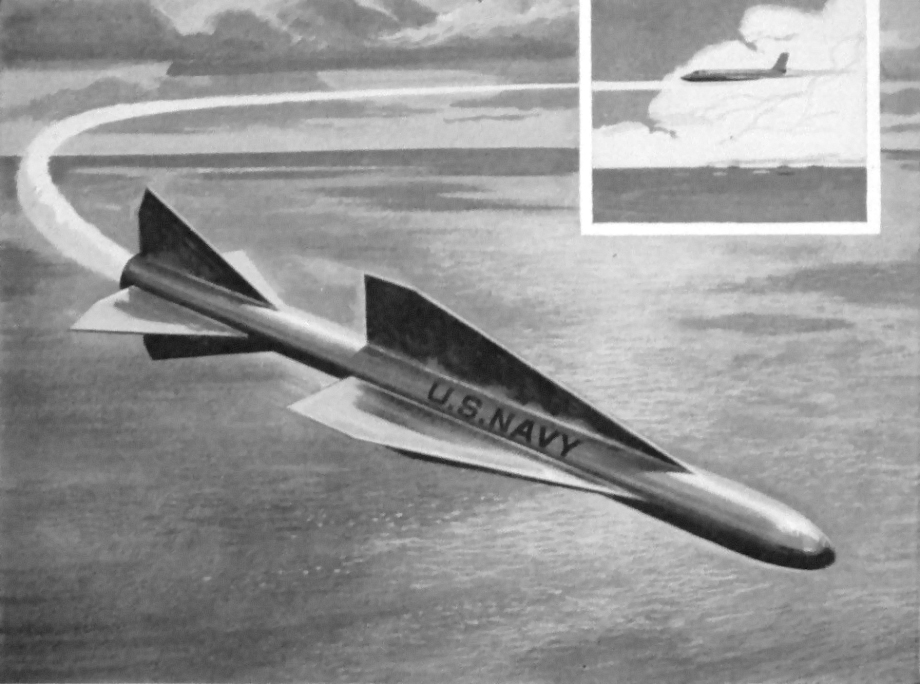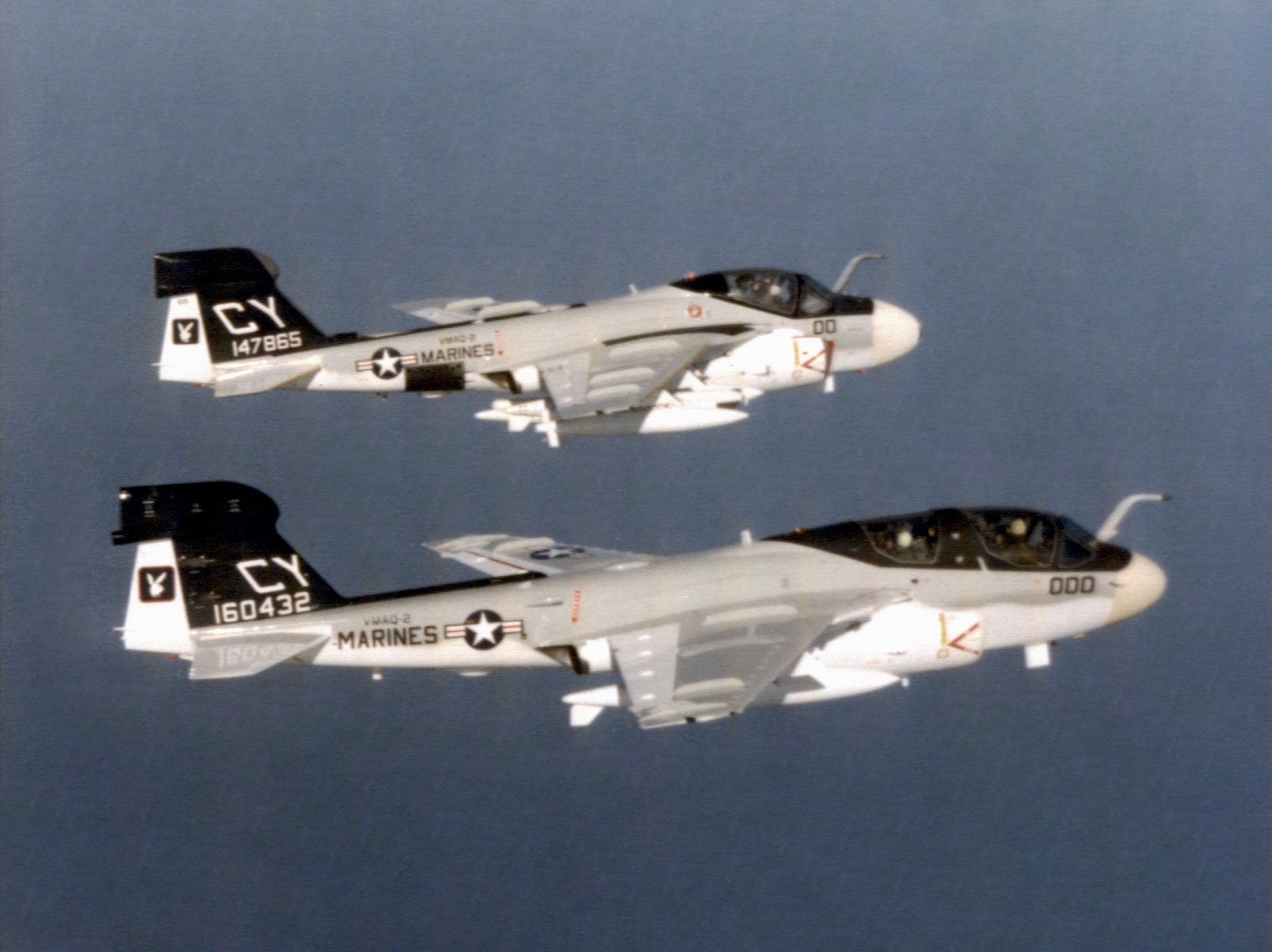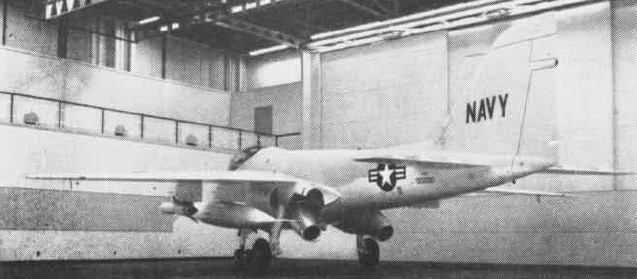|
Skyknight
The Douglas F3D Skyknight (later designated F-10 Skyknight) is an American twin-engined, mid-wing fighter aircraft, jet fighter aircraft manufactured by the Douglas Aircraft Company in El Segundo, California. The F3D was designed as a carrier-based all-weather night fighter and saw service with the United States Navy and United States Marine Corps. The mission of the F3D was to search out and destroy enemy aircraft at night. The F3D Skyknight was never produced in great numbers but it did achieve many firsts in its role as a night fighter over Korea. While it never achieved the fame of the North American F-86 Sabre, it did down several Soviet-built Mikoyan-Gurevich MiG-15, MiG-15s as a night fighter over Korea with only one air-to-air loss of its own against a PLA Air Force, Chinese MiG-15, which occurred on the night of 29 May 1953. [...More Info...] [...Related Items...] OR: [Wikipedia] [Google] [Baidu] |
Mikoyan-Gurevich MiG-15
The Mikoyan-Gurevich MiG-15 (russian: Микоя́н и Гуре́вич МиГ-15; USAF/DoD designation: Type 14; NATO reporting name: Fagot) is a jet fighter aircraft developed by Mikoyan-Gurevich for the Soviet Union. The MiG-15 was one of the first successful jet fighters to incorporate swept wings to achieve high transonic speeds. In aerial combat during the Korean War, it outclassed straight-winged jet day fighters, which were largely relegated to ground-attack roles. In response to the MiG-15’s appearance and in order to counter it, the United States Air Force rushed the North American F-86 Sabre to Korea.Thompson, Warren"Sabre: The F-86 in Korea."''Flight Journal'', December 2002. Retrieved: 30 June 2011. When refined into the more advanced MiG-17, the basic design would again surprise the West when it proved effective against supersonic fighters such as the Republic F-105 Thunderchief and McDonnell Douglas F-4 Phantom II in the Vietnam War of the 1960s. The MiG-15 ... [...More Info...] [...Related Items...] OR: [Wikipedia] [Google] [Baidu] |
Russell William Thaw
Russell William Thaw (October 25, 1910 – May 6, 1984) was an American airplane pilot. While working as the chief pilot for the Guggenheim family, he was sponsored for air races and excursions. He served during World War II in the United States Army Air Force, and later became a test pilot for the Douglas Aircraft Company in California. In 1948 he was the first person to fly the Douglas XF3D-1. Thaw was the only child of American Gibson Girl model and actress Evelyn Nesbit and her claimed husband Harry Kendall Thaw. Their lives had received sensational attention after his father fatally shot architect Stanford White in 1906 in front of a large crowd. Harry Thaw spent the next several years in mental institutions, before eventually being released. The Thaw family did not accept Nesbit's claims about Russell's paternity. He grew up in California, where his mother remarried after divorcing his father. She had a prominent and lucrative acting career, a result of her wide rega ... [...More Info...] [...Related Items...] OR: [Wikipedia] [Google] [Baidu] |
Douglas Aircraft Company
The Douglas Aircraft Company was an American aerospace manufacturer based in Southern California. It was founded in 1921 by Donald Wills Douglas Sr. and later merged with McDonnell Aircraft in 1967 to form McDonnell Douglas; it then operated as a division of McDonnell Douglas. McDonnell Douglas later merged with Boeing in 1997. History 1920s The company was founded as the Douglas Company by Donald Wills Douglas Sr. on July 22, 1921 in Santa Monica, California, following dissolution of the Davis-Douglas Company. An early claim to fame was the first circumnavigation of the world by air in Douglas airplanes in 1924. In 1923, the U.S. Army Air Service was interested in carrying out a mission to circumnavigate the Earth for the first time by aircraft, a program called "World Flight". Donald Douglas proposed a modified Douglas DT to meet the Army's needs. The two-place, open cockpit DT biplane torpedo bomber had previously been produced for the U.S. Navy.Rumerman, Judy. "The Dougla ... [...More Info...] [...Related Items...] OR: [Wikipedia] [Google] [Baidu] |
AIM-7 Sparrow
The AIM-7 Sparrow (Air Intercept Missile) is an American, medium-range semi-active radar homing air-to-air missile operated by the United States Air Force, United States Navy, and United States Marine Corps, as well as other various air forces and navies. Sparrow and its derivatives were the West's principal beyond visual range (BVR) air-to-air missile from the late 1950s until the 1990s. It remains in service, although it is being phased out in aviation applications in favor of the more advanced AIM-120 AMRAAM. The early Sparrow was intended primarily for use against larger targets, especially bombers and had numerous operational limitations in other uses. Against smaller targets, the need to receive a strong reflected radar signal made achieving lock-on at the missile's effective range difficult. As the launching aircraft's own radar needed to be pointed at the target throughout the engagement, this meant that in fighter-vs-fighter combat, the enemy fighter would often approa ... [...More Info...] [...Related Items...] OR: [Wikipedia] [Google] [Baidu] |
Douglas F6D Missileer
The Douglas F6D Missileer was a proposed carrier-based fleet defense fighter designed by Douglas Aircraft Company in response to a 1959 United States Navy requirement. It was designed to be able to loiter for extended periods at a relatively long distance from the Navy's aircraft carriers, engaging hostile aircraft away with its powerful radar and long-range missiles. Since the enemy would be fired on long before they reached visual range, the aircraft had little dogfighting capability and was strictly subsonic. When doubts were expressed about the Missileer's ability to defend itself after firing its missiles, the value of the project was questioned, leading to its cancellation. Some of the Missileer's systems, primarily the engines, radar, and missiles, continued development in spite of the cancellation, eventually emerging on the ill-fated General Dynamics–Grumman F-111B and successful Grumman F-14 Tomcat years later. Development Background Through the later part of th ... [...More Info...] [...Related Items...] OR: [Wikipedia] [Google] [Baidu] |
Northrop Grumman EA-6B Prowler
The Northrop Grumman (formerly Grumman) EA-6B Prowler is a twin-engine, four-seat, mid-wing electronic-warfare aircraft derived from the A-6 Intruder airframe. The EA-6A was the initial electronic warfare version of the A-6 used by the United States Marine Corps and United States Navy. Development on the more advanced EA-6B began in 1966. An EA-6B aircrew consisted of one pilot and three Electronic Countermeasures Officers, though it was not uncommon for only two ECMOs to be used on missions. It was capable of carrying and firing anti-radiation missiles (ARMs), such as the AGM-88 HARM. The Prowler was in service with the U.S. Armed Forces from 1971 until 2019. It has carried out numerous missions for jamming enemy radar systems, and in gathering radio intelligence on those and other enemy air defense systems. From the 1998 retirement of the United States Air Force EF-111 Raven electronic warfare aircraft, the EA-6B was the only dedicated electronic warfare plane available for ... [...More Info...] [...Related Items...] OR: [Wikipedia] [Google] [Baidu] |
Grumman A-6 Intruder
The Grumman A-6 Intruder is an American twinjet all-weather attack aircraft developed and manufactured by American aircraft company Grumman Aerospace and operated by the U.S. Navy and U.S. Marine Corps. It was designed in response to a 1957 requirement issued by the Bureau of Aeronautics for an all-weather attack aircraft for Navy long-range interdiction missions and with short takeoff and landing (STOL) capability for Marine close air support. It was to replace the piston-engined Douglas A-1 Skyraider. The requirement allowed one or two engines, either turbojet or turboprop. The winning proposal from Grumman used two Pratt & Whitney J52 turbojet engines. The Intruder was the first Navy aircraft with an integrated airframe and weapons system. Operated by a crew of two in a side-by-side seating configuration, the workload was divided between the pilot and weapons officer (bombardier/navigator (BN)). In addition to conventional munitions, it could also carry nuclear weapons, wh ... [...More Info...] [...Related Items...] OR: [Wikipedia] [Google] [Baidu] |
Ed Heinemann
Edward Henry Heinemann (March 14, 1908 – November 26, 1991) was a military aircraft designer for the Douglas Aircraft Company. Biography Heinemann was born in Saginaw, Michigan. He moved to California as a boy and was raised in Los Angeles. A self-taught engineer, he joined Douglas Aircraft as a draftsman in 1926, but was laid off within a year. After stints at International Aircraft, Moreland Aircraft, and the first Northrop Corporation, Heinemann rejoined Douglas after it acquired Northrop. Heinemann became Douglas's Chief Engineer in 1936. He remained with the company through 1960, when he left to join Guidance Technology. In 1962 he joined General Dynamics as Corporate Vice President of Engineering. In this position he oversaw the development of the F-16. He retired in 1973. The famed airplane designer Burt Rutan would list Heinemann as among the leading pioneers in aviation who had inspired him to become an aerospace engineer. His approach to aircraft design was un ... [...More Info...] [...Related Items...] OR: [Wikipedia] [Google] [Baidu] |
Night Fighter
A night fighter (also known as all-weather fighter or all-weather interceptor for a period of time after the Second World War) is a fighter aircraft adapted for use at night or in other times of bad visibility. Night fighters began to be used in World War I and included types that were specifically modified to operate at night. During the Second World War, night fighters were either purpose-built night fighter designs, or more commonly, heavy fighters or light bombers adapted for the mission, often employing radar or other systems for providing some sort of detection capability in low visibility. Many night fighters of the conflict also included instrument landing systems for landing at night, as turning on the runway lights made runways into an easy target for opposing intruders. Some experiments tested the use of day fighters on night missions, but these tended to work only under very favourable circumstances and were not widely successful. Avionics systems were greatly mini ... [...More Info...] [...Related Items...] OR: [Wikipedia] [Google] [Baidu] |
Grumman F9F Panther
The Grumman F9F Panther is one of the United States Navy's first successful carrier-based jet fighters, as well as Grumman’s first jet fighter. A single-engined, straight-winged day fighter, it was armed with four cannons and could carry a wide assortment of air-to-ground munitions. The Panther was used extensively by the U.S. Navy and Marine Corps in the Korean War. It was also the first jet aircraft used by the Blue Angels aerobatics demonstration team, from 1949 through late 1954. The aircraft was exported to Argentina and was the first jet used by the Argentine Naval Aviation. Total F9F production was 1,382. The design evolved into the swept wing Grumman F-9 Cougar. Design and development Development studies at Grumman for jet-powered fighter aircraft began near the end of World War II as the first jet engines emerged. In a competition for a jet-powered night fighter for the United States Navy, on 3 April 1946 the Douglas F3D Skyknight was selected over Grumman's G-7 ... [...More Info...] [...Related Items...] OR: [Wikipedia] [Google] [Baidu] |
Fighter Aircraft
Fighter aircraft are fixed-wing military aircraft designed primarily for air-to-air combat. In military conflict, the role of fighter aircraft is to establish air superiority of the battlespace. Domination of the airspace above a battlefield permits bombers and attack aircraft to engage in tactical and strategic bombing of enemy targets. The key performance features of a fighter include not only its firepower but also its high speed and maneuverability relative to the target aircraft. The success or failure of a combatant's efforts to gain air superiority hinges on several factors including the skill of its pilots, the tactical soundness of its doctrine for deploying its fighters, and the numbers and performance of those fighters. Many modern fighter aircraft also have secondary capabilities such as ground attack and some types, such as fighter-bombers, are designed from the outset for dual roles. Other fighter designs are highly specialized while still filling the ma ... [...More Info...] [...Related Items...] OR: [Wikipedia] [Google] [Baidu] |
Douglas A-3 Skywarrior
The Douglas A-3 Skywarrior is a jet-powered strategic bomber that was developed and produced by the Douglas Aircraft Company. It was designed by Douglas on behalf of the United States Navy, which sought a carrier-capable strategic bomber. During July 1949, Douglas was awarded the contract to produce its design, having bested eight other aircraft companies' submissions. Unlike rival designs, which had aimed for a maximum take-off weight, the Skywarrior was developed for a take-off weight, facilitating its use from the navy's existing s. Large portions of the aircraft were produced by the Westinghouse Electric Corporation, including its early Westinghouse J40 turbojet engines, which failed to meet promises and were replaced by the rival Pratt & Whitney J57 engine by mid-1953. On 28 October 1952, the prototype ''XA3D-1'' performed the type's maiden flight. On 31 March 1956, the Skywarrior entered squadron service with the Navy. Initially used in the nuclear-armed strategic bomb ... [...More Info...] [...Related Items...] OR: [Wikipedia] [Google] [Baidu] |









_mfr_891062-3_(GHC_via_RJF)_(18356559201).jpg)

